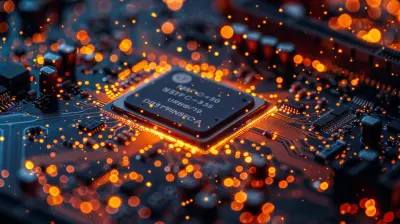Wearable Medical Gadgets That Monitor Your Health
5 October 2025
Healthcare is no longer confined to clinics and hospitals. It’s gone mobile—literally. Thanks to rapid advancements in wearable technology, we now have tiny, smart devices strapped to our wrists, clipped to our clothes, and even embedded in our shoes, quietly monitoring our health in real-time. These high-tech gadgets are like having a mini-doctor following you around, 24/7, without nagging you to eat more greens.
Whether it's watching over your heart rate, glucose levels, sleep cycles, or even detecting falls, wearable medical gadgets are revolutionizing the way we approach personal health. In this article, we’ll dive deep into the world of health-monitoring wearables—what they are, how they work, who's benefitting, and where all of this is headed.
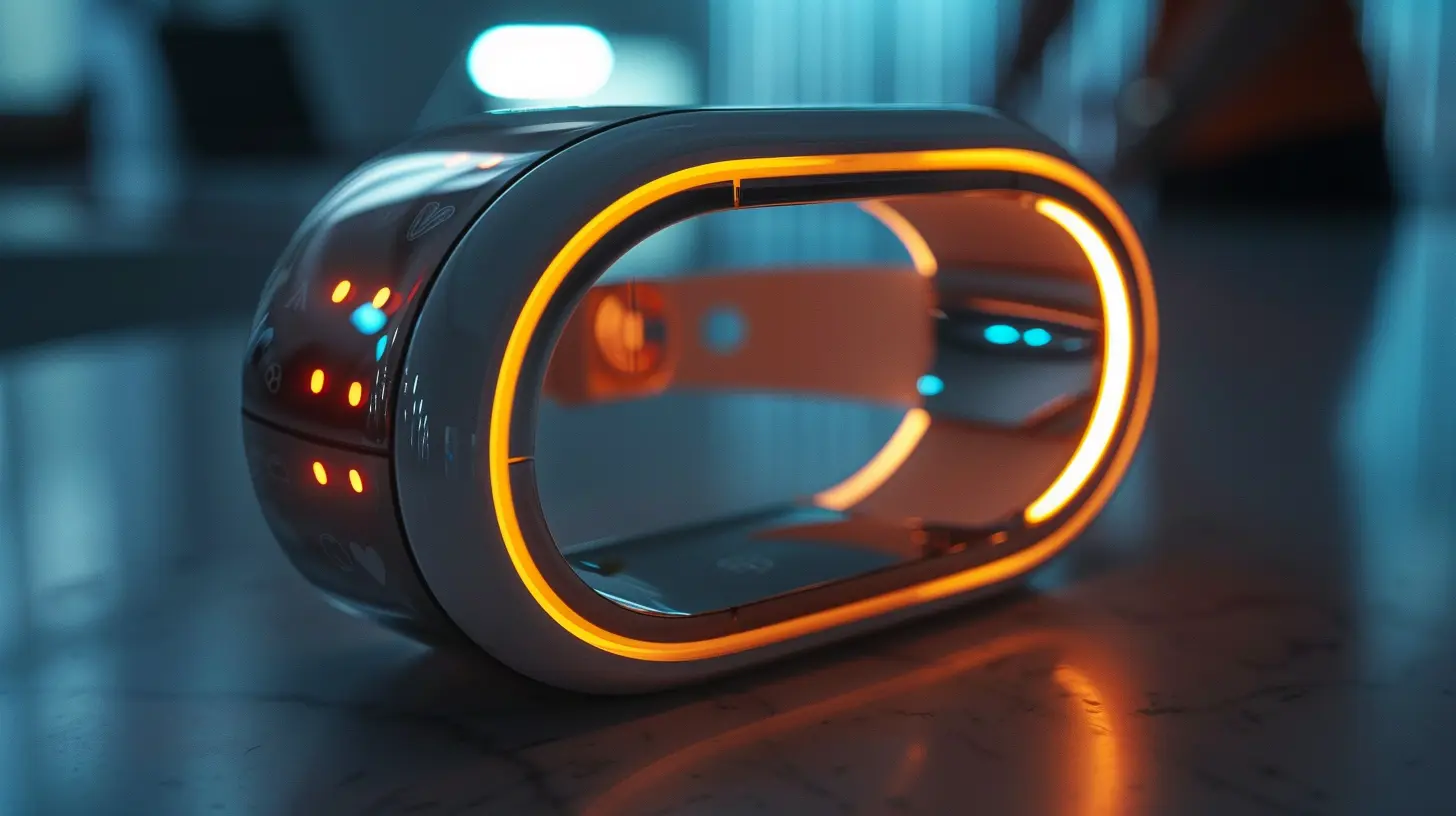
Why Wearables Are More Than Just a Trend
Okay, let’s be real. At first, fitness trackers were kind of a cool novelty, right? They counted your steps, buzzed when you sat too long, and maybe made you walk a little more than usual. But wearables have seriously leveled up. We're now talking about devices with FDA approval, used by people with chronic conditions, seniors living alone, and even athletes fine-tuning their performance.So why the hype?
Because wearable medical gadgets give us power. Power to know what’s happening inside our bodies in real-time. Power to catch warning signs early. Power to make informed decisions about our health before it gets too late. That’s not just cool—it’s life-changing.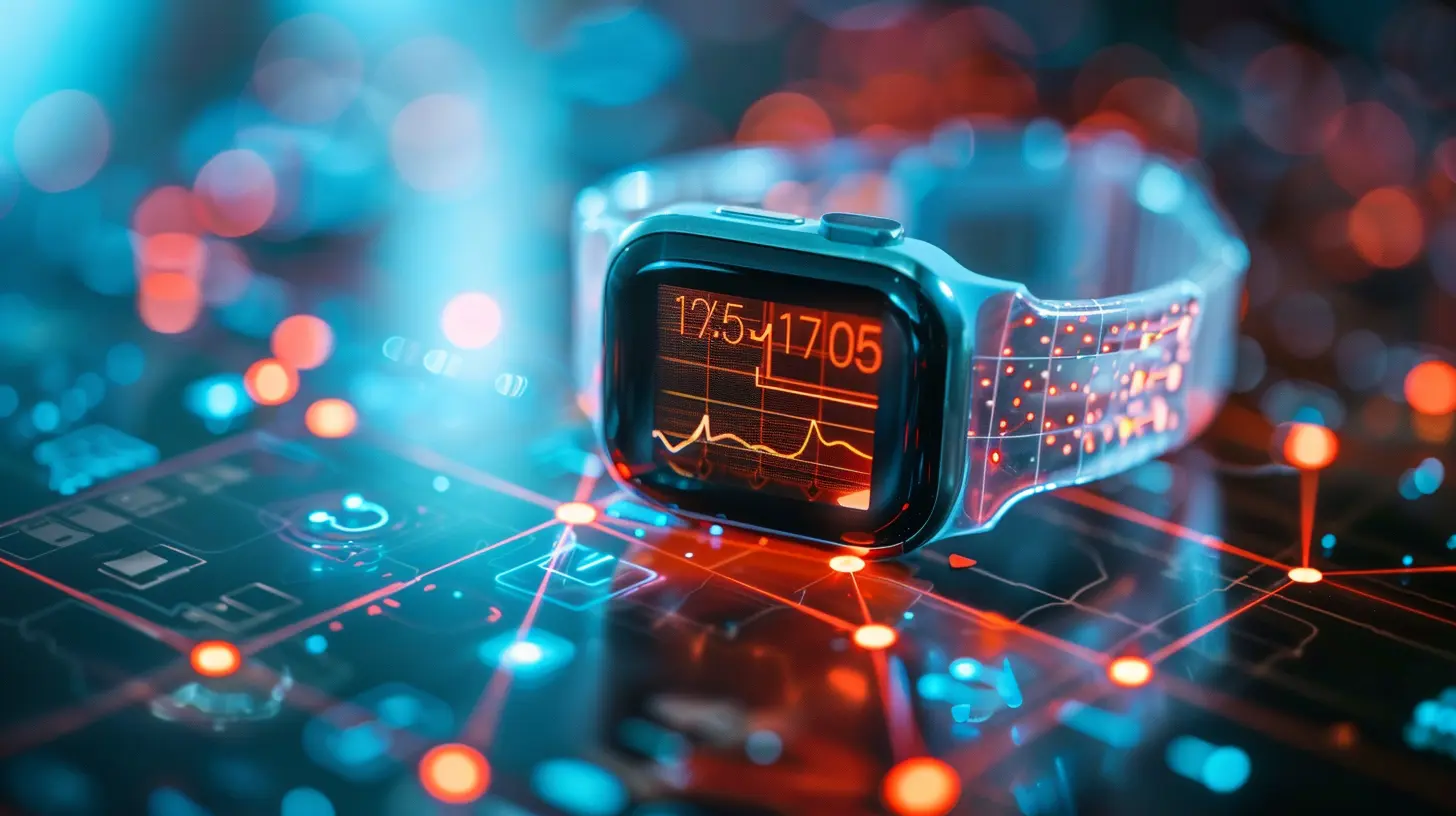
Key Features That Make a Wearable “Medical Grade”
Not every tracker on the market qualifies as a medical gadget. So, what turns a fitness toy into a bona fide health-monitoring device?Here’s the scoop:
- FDA or CE Approval: This one’s huge. Medical-grade wearables usually need regulatory approval.
- Real-Time Data Monitoring: Constant updates on your body's vitals, not just after syncing.
- Data Accuracy: High-end sensors track complex metrics like ECG, blood oxygen levels, or glucose.
- Connectivity: Many connect with healthcare providers for ongoing monitoring.
- Alerts and Notifications: They can warn you if something's off, like an irregular heartbeat or sudden drop in oxygen levels.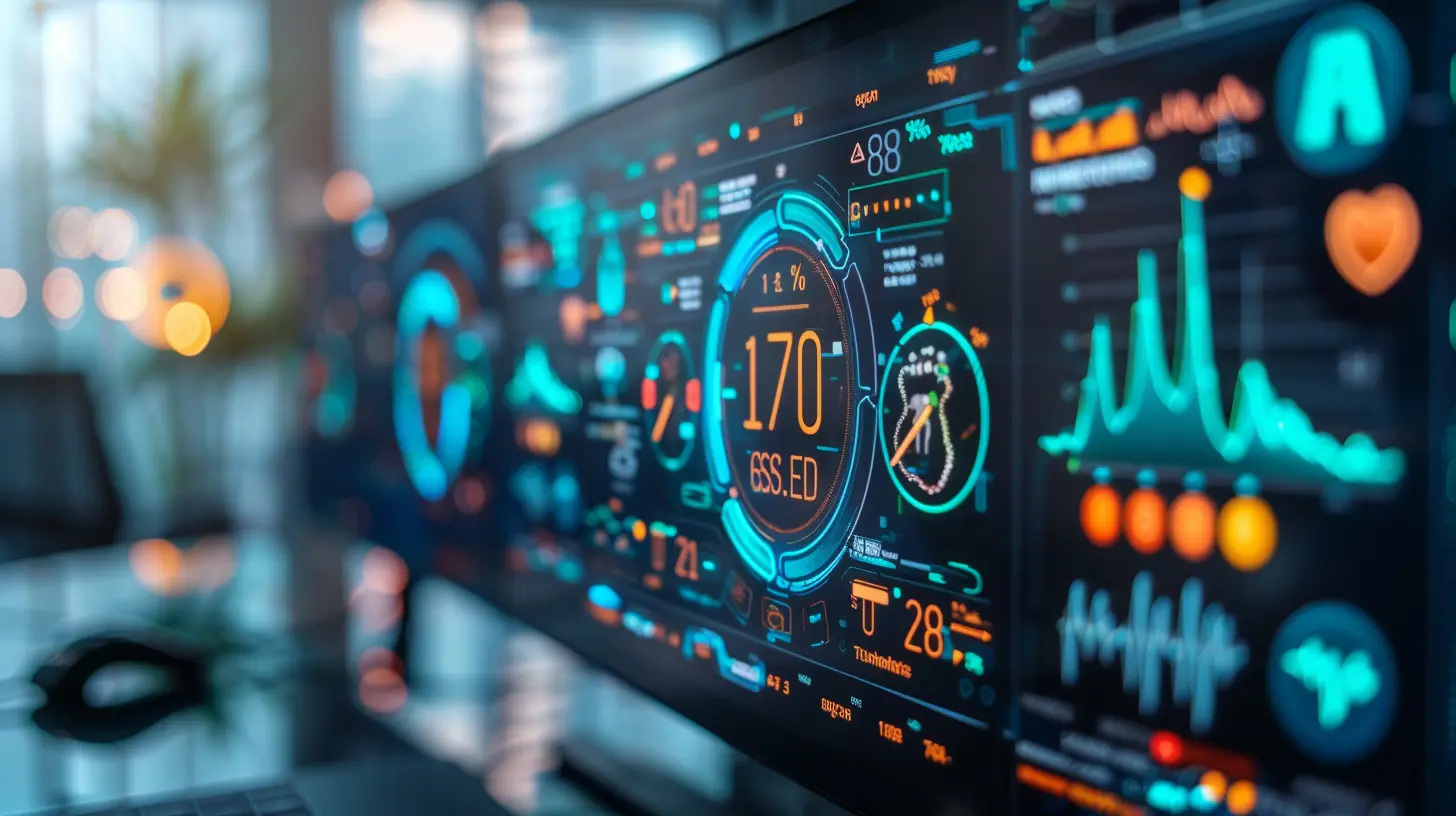
Top Wearable Medical Gadgets That Monitor Your Health
Let’s break down some of the most groundbreaking wearable medical devices you can actually get your hands on right now. Some are common, others are flying under the radar—but all of them pack some serious health-monitoring punch.1. Smartwatches with ECG and Heart Monitoring
You’ve probably seen the Apple Watch or Samsung Galaxy Watch, but did you know these watches can do more than tell time or track your steps?They can literally keep an eye on your heart.
Features:
- ECG Monitoring: Detects atrial fibrillation and other irregularities.- Heart Rate Variability: Tracks how your heart is handling stress.
- Blood Oxygen Monitoring (SpO2): Helps detect sleep apnea and other issues.
Think of it as a portable EKG machine strapped to your wrist. Just press your finger on the crown for 30 seconds, and boom—you’ve got a heart report.
2. Continuous Glucose Monitors (CGMs)
For diabetics, finger pricks are a daily hassle. Enter CGMs—game-changers for people managing Type 1 and Type 2 diabetes.Popular Devices:
- Dexcom G6- Freestyle Libre
- Eversense
How They Work:
These tiny sensors stick to your skin—usually on your arm or abdomen—and continuously read glucose levels from interstitial fluid. The data syncs with your smartphone and alerts you if your sugar levels are too high or too low.Imagine predicting a blood sugar crash before it even happens. That's the freedom CGMs offer.
3. Smart Rings (Yep, Just Like the Avengers)
You might think a ring is too small to do much—but don’t underestimate it.Devices:
- Oura Ring- Motiv Ring
These little beauties track:
- Sleep patterns
- Heart rate
- Body temperature
- Oxygen levels
- Readiness Scores for workouts or recovery
They're ideal for sleep tracking and overall health monitoring without the bulk of a smartwatch.
4. Wearable ECG Monitors
If you or a loved one has heart issues, something like the KardiaMobile by AliveCor can be a literal lifesaver.Highlights:
- Portable ECG device that fits in your pocket- FDA-cleared
- Records a 30-second ECG anytime, anywhere
Pair it with your phone, place your fingers on the sensors, and it analyzes your heart rhythm instantly. It’s like calling a cardiologist on-demand.
5. Blood Pressure Monitors You Can Wear
Traditional blood pressure cuffs are big, annoying, and far from subtle. But now, we’ve got wearable blood pressure monitors that look nothing like those clunky arm cuffs.Popular Options:
- Omron HeartGuide (A smartwatch-style device)- BioBeat Wearables
These track your blood pressure throughout the day and can notify you—and your doctor—of any concerning spikes or drops.
6. Fall Detection Devices with a Brain
For seniors or people with balance issues, falls can be scary and dangerous.Devices like:
- Apple Watch Series
- Medical Guardian smart pendants
- LifeFone wearables
...use advanced motion sensors and AI algorithms to detect a fall. If the person doesn’t respond in a set timeframe, the device automatically contacts emergency services. That’s peace of mind, both for wearers and their families.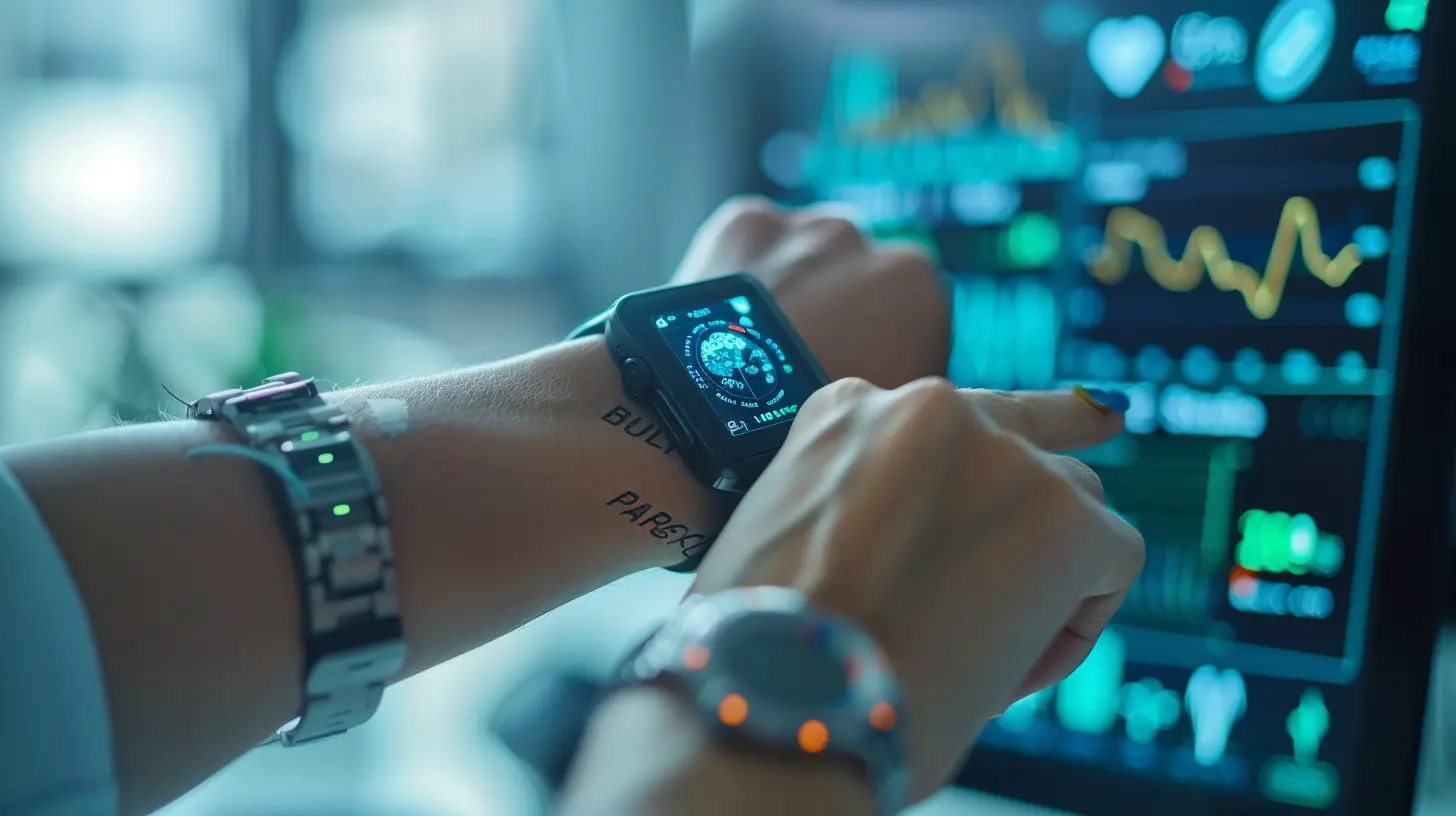
Beyond Monitoring: Preventing Illness with Data
Here’s where things get really exciting.Modern wearables don’t just track health—they predict it. With AI and machine learning crunching your data in the background, these gadgets can spot patterns before you even notice symptoms.
Think about it like this: you’re assembling a giant jigsaw puzzle of your health. Each heart rate check, glucose reading, sleep report—it's all a puzzle piece. The more pieces you gather, the clearer the picture becomes.
For instance:
- Changes in heart rate variability may indicate stress, overtraining, or illness.
- Sleep disturbances might hint at respiratory issues or mental health struggles.
- Spikes in blood oxygen drops could flag early signs of COVID-19 or other respiratory conditions.
It’s like your wearable is trying to whisper, “Hey, something’s up—go get checked.”
How Wearables Are Empowering Patients and Doctors
Traditionally, healthcare has been reactive. You feel sick, you visit the doctor, and they treat the symptoms. But wearables flip that script.Now, both patients and doctors have access to daily, real-time data. This makes appointments more productive and treatments more precise.
Doctors can:
- Remotely monitor patients with chronic illnesses
- Adjust medication based on daily vitals
- Catch warning signs before they become emergencies
Patients get:
- More control and insight into their own bodies
- Motivation to stick to lifestyle changes
- Fewer unnecessary doctor visits (hello, telehealth!)
It's a win-win.
Challenges and Concerns (Because Nothing's Perfect)
Let’s not sugarcoat it—wearables aren’t flawless. There are kinks to work out.Data Privacy
You're giving your wearable a lot of info. Where does it all go? Who has access? These are fair questions. Companies need to maintain strict privacy standards, and you should always read that fine print.Accuracy
Not all devices are created equal. Cheaper wearables might lack precision, giving you misleading info. Always look for FDA clearance or trusted brand names if you're using it for medical reasons.Dependency
Relying too heavily on gadgets can lead to hypochondria or anxiety (yes, there's such a thing as health-data overload). It's a tool—not a replacement for medical advice.What’s Next for Wearable Medical Gadgets?
The future is wearable—and it’s looking pretty wild (in a good way).Coming soon:
- Smart tattoos that monitor vitals
- Embedded biosensors under the skin
- Wearables that deliver medication based on real-time readings
- Mental health wearables that detect mood changes via body temp, heart rate, and behavior
Imagine a world where your wearable can anticipate a depressive episode and nudge you toward helpful actions before the downward spiral.
We may not be cyborgs yet, but we’re definitely on our way to becoming smarter, healthier humans with AI as our sidekick.
Final Thoughts
Wearable medical gadgets aren’t just gadgets—they’re our health companions. Whether you're a fitness buff, a chronic illness warrior, or just someone who wants to stay ahead of the curve, there's a wearable out there for you.The beauty of it all? These devices are making healthcare personal, proactive, and portable. It’s not about replacing doctors or medical treatment—it’s about giving you tools to better understand and manage your health every single day.
So, next time you check your heart rate or track your sleep, remember: you’re not just using a gadget. You’re tapping into the future of healthcare—and it’s literally right at your fingertips (or wrist, or ring, or chest… you get the idea).
all images in this post were generated using AI tools
Category:
Tech GadgetsAuthor:

Kira Sanders
Discussion
rate this article
1 comments
Dominique Moore
Embracing wearable medical gadgets is a remarkable step toward personalized health! These innovative tools empower us to take charge of our well-being and inspire proactive choices for a healthier future. Let's embrace the change!
October 6, 2025 at 2:36 AM

Kira Sanders
Thank you! I'm glad you share the enthusiasm for wearable medical gadgets and their role in promoting proactive health management.

